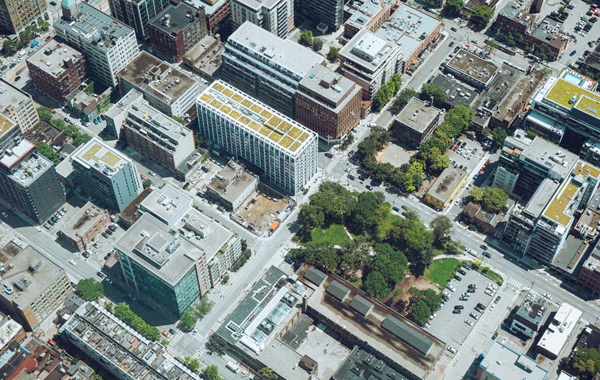By Andrew Brethour,
PMA Brethour Realty Group
The Governor of the Bank of Canada, Tiff Macklem, recently expressed concern about the state of Canada’s housing market – not for lack of performance during this COVID-19 calamity, but for its “excessive exuberance.” The underlying suggestion being that rapid escalation in both absorption and pricing could potentially create an asset bubble. He coined the wonderful expression, “extrapolative expectations.” The consumer extrapolates that prices will continue to rise, and reacts by jumping into the market. Demand quickly exceeds supply; prices rise exponentially and this consumer expectation ferments speculation… and a bubble begins to form.
The former head of the Federal Reserve, Allan Greenspan, called it “irrational exuberance” back in 1996, just ahead of the technology bubble bursting in the late 1990s. I’m not suggesting we are in a housing asset bubble – it’s still too early to tell – but the signals are clearly evident. I am forever hopeful that the consumer and the industry will be self-regulating, and the market will stabilize before a correction. This may, in fact, require a signal from the Bank of Canada, in the way of tightening mortgage qualifying rules.
Supply and demand imbalance
So, could all of this have been avoided? How do our public policy makers deal with “extrapolative expectations”? How do we balance demand with supply, thereby creating a more stable, predictable, rational and ultimately more affordable housing environment? The focus for most policy makers has always been on the demand side of the equation; the mortgage stress test and foreign buyers’ tax attempted to dampen demand. In the end, the exact opposite occurred.
As a consumer, if I extrapolate that you are going to take away my opportunity by restricting access, then my expectation is of continuing limited supply, and I better get in now before they make it even tougher. Hence, demand side policy manipulation, although it appears timely, actually underscores irrational exuberance, and fuels the housing fire.
Need to increase supply
The solution to the rise and fall of demand-driven housing markets is to increase supply. The solution to greater housing access and affordability is to increase the supply. But the demand side policy is easier to effect, since it is immediate and measured, while supply side policy takes time and a commitment that our policy makers often don’t fulfill. NIMBYISM creeps into many neighbourhoods, and policy makers focus on answering to current voters, not future ones. Municipal approvals take more than 10 years, on average, from land purchase to project construction and delivery. Municipal taxes now account for more than $100,000 on the price of a new home.
Supply has constricted to such a level, that in spring 2021, there are fewer than 3,500 new low-density houses on the market in the GTA – a market of six million people. That amounts to a few months’ supply. Highrise is only slightly, better at about 10,000 units in a market absorbing 20,000 units a year, or a six-month supply. Meanwhile, resale housing in most neighbourhoods is characterized by the lowest supply on record.
So, its takes time to turn this large ship around in a small harbour. But we don’t have the time. If we don’t address supply now, the demand side will continue to overwhelm and we will once again be in an asset bubble ready to burst.
Here are three areas that can help change supply immediately:
1. Surplus employment lands
We have not been absorbing employment lands at the same pace as residential designations in what is known as the white belt. We need to undertake a review of fringe employment lands adjacent to existing residential areas, identify the surplus and redesignate the zoning. This immediate action would produce immediate results.
2. Surplus public lands
The Province and some municipalities have initiated, through Investment Ontario, GO Transit and other related departments, a review of public lands that might be redesignated in a variety of uses, including residential. Again, this immediate action will produce immediate results.
3. The secret weapon – shopping centres
Take a look at your neighbourhood plaza. How much land is designated for parking lots? For most suburban malls and local strip plazas, it’s at least 50 per cent. Now, Oxford, SmartCentres, Cadillac Fairview and RioCan have already looked and are transforming many of their retail holdings into multiple-use centres, but these should be fast-tracked and the policy applied to all retail malls. The mix of office, residential and retail takes an essentially sterile, single-purpose retail environment and converts it instantly to a living, vibrant, integrated, affordable community. And there’s an added bonus – the servicing infrastructure is already there.
If the approval process was set free in these three distinct areas, the supply side of the housing equation might be resolved very quickly; within five years, the industry would be complaining about a surplus of residential lands.
What a great problem to have that would be.

Andrew Brethour is Executive Chairman, PMA Brethour Realty Group, and Broker of Record, PMA Brethour Real Estate Corp. Inc., Brokerage.











